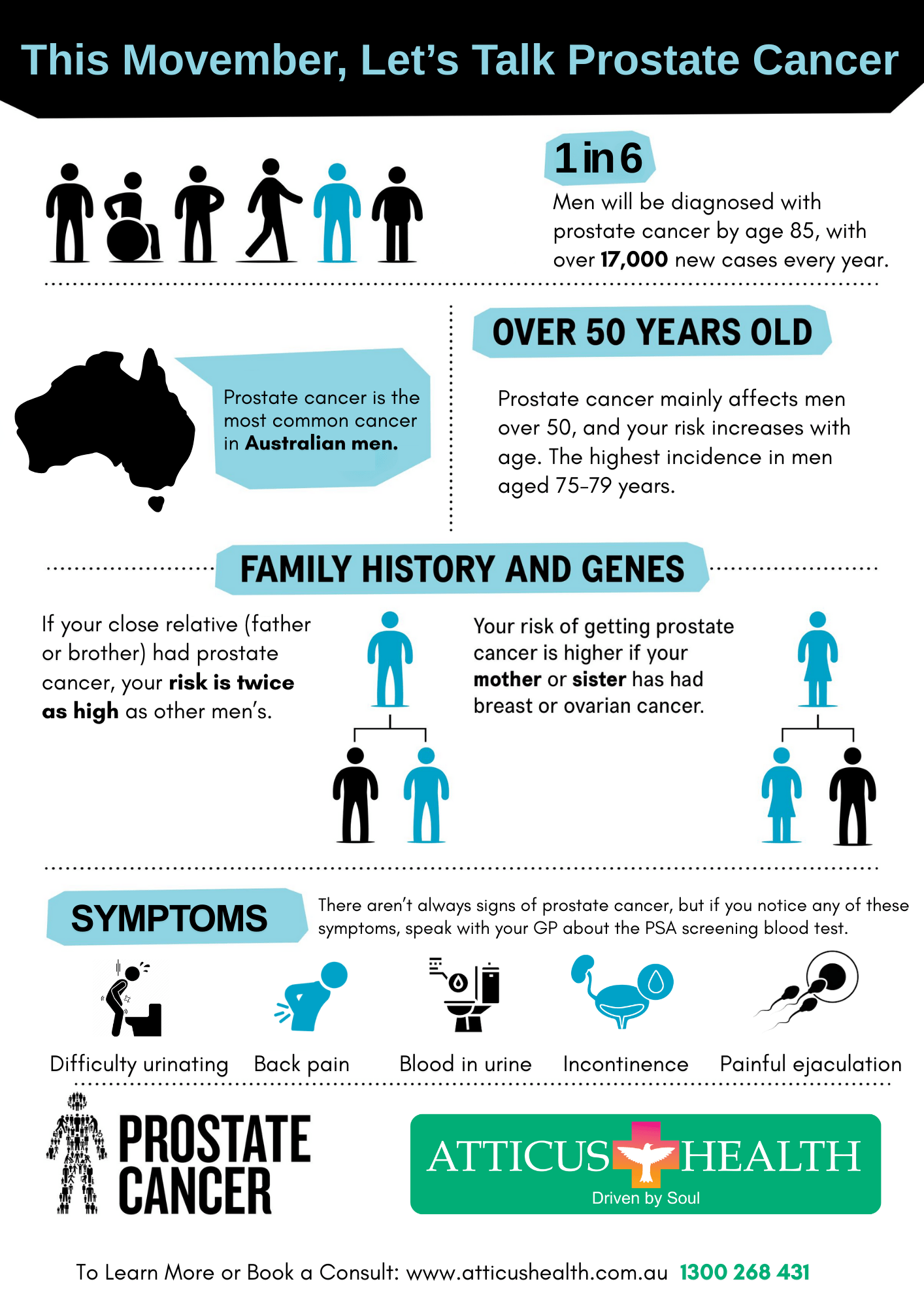Meet Brian Brownett, a man whose resilience and courage have become a beacon in the battle against prostate cancer. Just three months ago, Brian was diagnosed with this silent disease. Fortunately, because he began regular PSA tests at age 50, his cancer was detected early—before it had the chance to spread. This early detection gave Brian options and control over his treatment journey. After consulting with his medical team, he chose radiation therapy and is now halfway through his course, with just nine treatments to go.
Brian’s story underscores the critical importance of regular screening for prostate cancer. Often, prostate cancer shows no symptoms until it has reached an advanced stage. Early detection through regular screening can make all the difference, offering a range of treatment options and significantly improving outcomes.
The Importance of Early Detection

Early detection is crucial in the fight against prostate cancer. PSA testing, a simple blood test measuring the level of prostate-specific antigen, can identify potential prostate issues early on. Regular PSA testing is especially important for men aged 50 and above, as it can catch cancer before symptoms appear, often when the disease is more manageable and treatable.
For men with a family history of prostate cancer, testing should start even earlier. By catching cancer in its earliest stages, patients can often avoid more aggressive treatments and have a greater chance of successful outcomes.
Understanding Prostate Cancer Symptoms

One of the biggest challenges in diagnosing prostate cancer is the lack of early symptoms. Symptoms like difficulty urinating, back pain, blood in the urine, incontinence, and painful ejaculation usually emerge only when the disease has progressed. Many men delay seeking medical attention, often because they dismiss these symptoms as typical signs of ageing.
Awareness of these potential warning signs, and the knowledge that prostate cancer can develop silently, is key to encouraging more men to be proactive about their health.
The Journey Through Treatment: Brian’s Choice
When diagnosed with prostate cancer, each patient faces a unique journey. Brian’s choice to undergo radiation therapy highlights the importance of making informed decisions with the help of healthcare professionals. Treatment options for prostate cancer vary based on factors like the stage of the disease, the patient’s age, and overall health. Common treatments include radiation, surgery, and in some cases, active surveillance for slower-growing cancers.
For Brian, radiation therapy presented a viable path with fewer side effects. By sharing his experience, he’s inspiring others to explore all options available to them and to make treatment choices that best fit their individual circumstances.
The Role of Family History in Prostate Cancer Risk

Family history plays a significant role in prostate cancer risk. Men with a father, brother, or other close relative who has had prostate cancer face a higher likelihood of developing the disease. Knowing this, men with a family history of prostate cancer should start discussing screening options with their GP as early as age 40.
Genetics is a powerful indicator of potential risk, but proactive monitoring through screening can help mitigate that risk and allow for early detection, which is often key to a positive outcome.
Breaking the Silence on Men’s Health

Despite advances in healthcare, there remains a stigma around discussing men’s health issues. Many men are reluctant to talk about conditions like prostate cancer, even with close friends and family, which can delay diagnosis and treatment. Breaking this silence is vital. Encouraging open conversations about prostate health, particularly during campaigns like Movember, can empower men to take proactive steps for their health.
When men hear stories like Brian’s, they’re reminded of the importance of regular check-ups and screenings, which can lead to earlier diagnoses and a greater range of treatment options.
Understanding PSA Testing and Prostate Cancer Screening

PSA testing is the first step in detecting prostate cancer. This blood test measures the level of prostate-specific antigen in the blood, with higher levels indicating a possible issue. PSA testing is a reliable and minimally invasive way to assess prostate health, and it’s the cornerstone of prostate cancer screening.
However, misconceptions about the test’s accuracy sometimes deter men from getting screened. Understanding what PSA testing involves and how it works can help more men see it as a vital tool for early detection rather than something to fear or avoid.
Movember and Men’s Health Awareness

Movember, the annual event each November encouraging men to grow moustaches to raise awareness, has become a powerful movement for men’s health. It emphasises prostate cancer awareness, but also highlights testicular cancer and mental health issues. Participating in Movember is more than growing a moustache; it’s about sparking conversations, raising funds for research, and promoting preventive healthcare practices among men.
By supporting and participating in Movember, men can join a worldwide effort to make men’s health a priority, helping to ensure that conversations about prostate cancer become as common as discussions on other health issues.
Support Systems and Resources for Prostate Cancer Patients

A diagnosis of prostate cancer can be overwhelming, but there are many support systems and resources available for patients and their families. Support groups, both in-person and online, provide a space for men to share their experiences, challenges, and successes with others who understand. Counselling services are also available, helping patients navigate the emotional aspects of their diagnosis and treatment.
If you’re seeking support and resources for prostate cancer in Melbourne and Victoria, several organisations offer comprehensive services:
- Prostate Cancer Foundation of Australia (PCFA): PCFA is the peak national body for prostate cancer in Australia, providing support groups, specialist nursing services, and educational resources. They offer a Support Group Finder to locate groups in your area.
- Cancer Council Victoria: This organisation offers a range of support services, including cancer support groups, counselling, and information resources. Their support groups provide a space for individuals affected by cancer to share experiences and receive emotional support.
- Prostate Melbourne Support Group: Meeting monthly at the Royal Melbourne Hospital, this group welcomes men with prostate cancer and their families, providing a supportive environment to discuss experiences and share information.
These organisations are dedicated to supporting individuals affected by prostate cancer through various services, including support groups, counselling, etc.
Preventive Care: A Step Toward Healthier Communities
Preventive care isn’t just beneficial for individuals—it creates healthier communities. When men commit to regular prostate screenings, they not only improve their own health prospects but also contribute to a culture that values preventive care. We promote preventive healthcare practices, helping patients make informed decisions that can reduce their long-term health risks.
By embracing regular screenings and proactive healthcare, we can build stronger, healthier communities that prioritise well-being and early intervention.

























